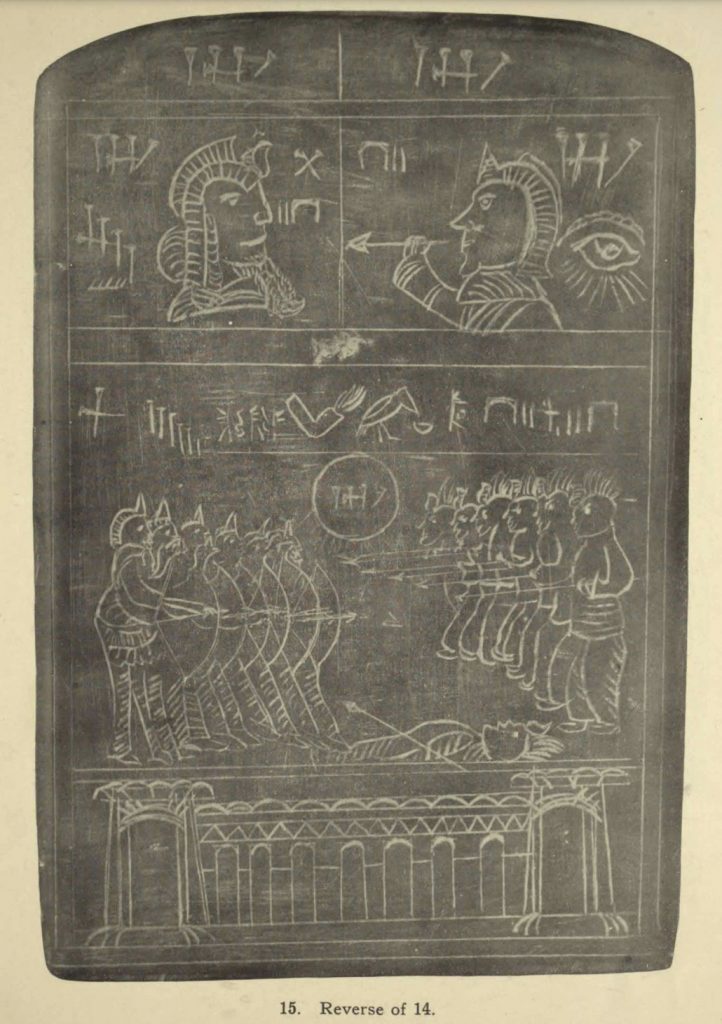
This artifact was photographed and included in Rudolph Etzenhousers’ publication called Engravings of Prehistoric Specimens published in 1910.
Let’s break it down and see what we can make out of it.

This top section indicates that both parties are of the YHW people. This is not a battle of Nephites vs Lamanites. It is indicating a civil strife which took place.
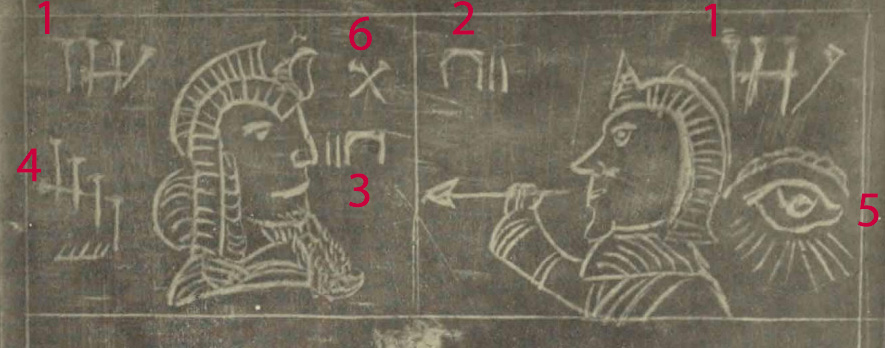
- Once again, the YHW is in place for both individuals. They are probably different tribes of the same nation.
- The man on the right is considered a righteous man or representing the righteous tribe.
- The man on the left is considered the unrighteous man or representing the unrighteous tribe.
- This symbol seems to be indicating two meanings. I declare this as there are four verticle lines, not three. The Ten Commandments artifact depicts three verticle strokes with the matching horizontal stroke to mean murder or kill. I believe the fourth stroke is ligituring into the word the meaning that it is related to an army. See image below the list. Putting it together, I would say it probably saying that he is a killer. However, it may also be saying that his is the one who was killed.
- The eye with a bar over the top likely indicates the Bar of God or perhaps legalism. They are forming a treaty, and that is likely why this symbol is here.
- The X is often used as a letter A or Aleph. For a time, I thought this was depicting the Lamanite King Aaron. However, these are both Nephites. This Nephite has a name which probably starts with the letter A. It could also feasibly be the letter M as it is often used that way in the Burrows stones – A or M.
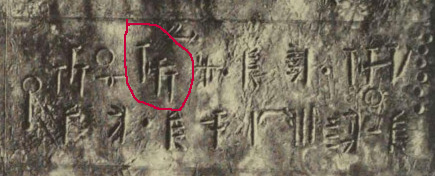
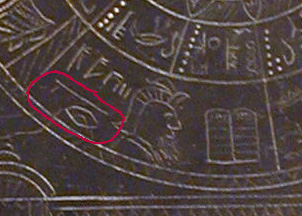

a. The Righteous Saved the Unrighteous. Now you know who one the battle.
b. I do not know the meaning of this symbol.
c. Suffering was Made. Bird drinking from the bitter cup indicates suffering. The arm and hand is a verb for Made or Caused.
d. The stack of nails rising upwards to the left is alluding to the army.
e. This symbol is used in the 3rd Commandment for the word “Vain”. “d and e” combined indicate the the efforts of the army were in vain.
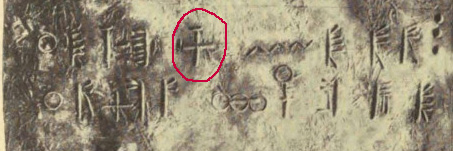
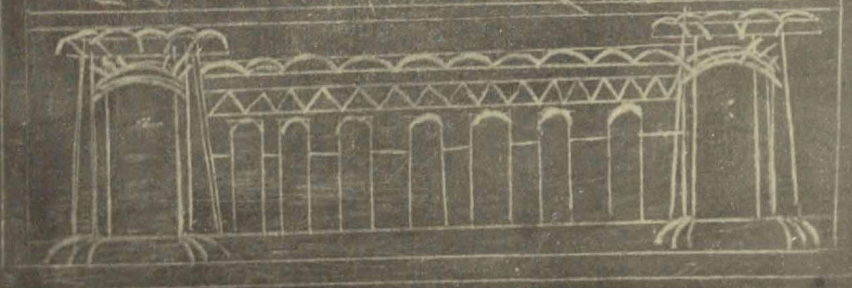
The building at the bottom of the artifact is likely where the treaty was made.